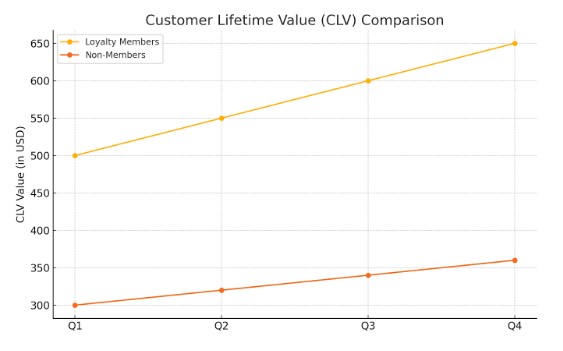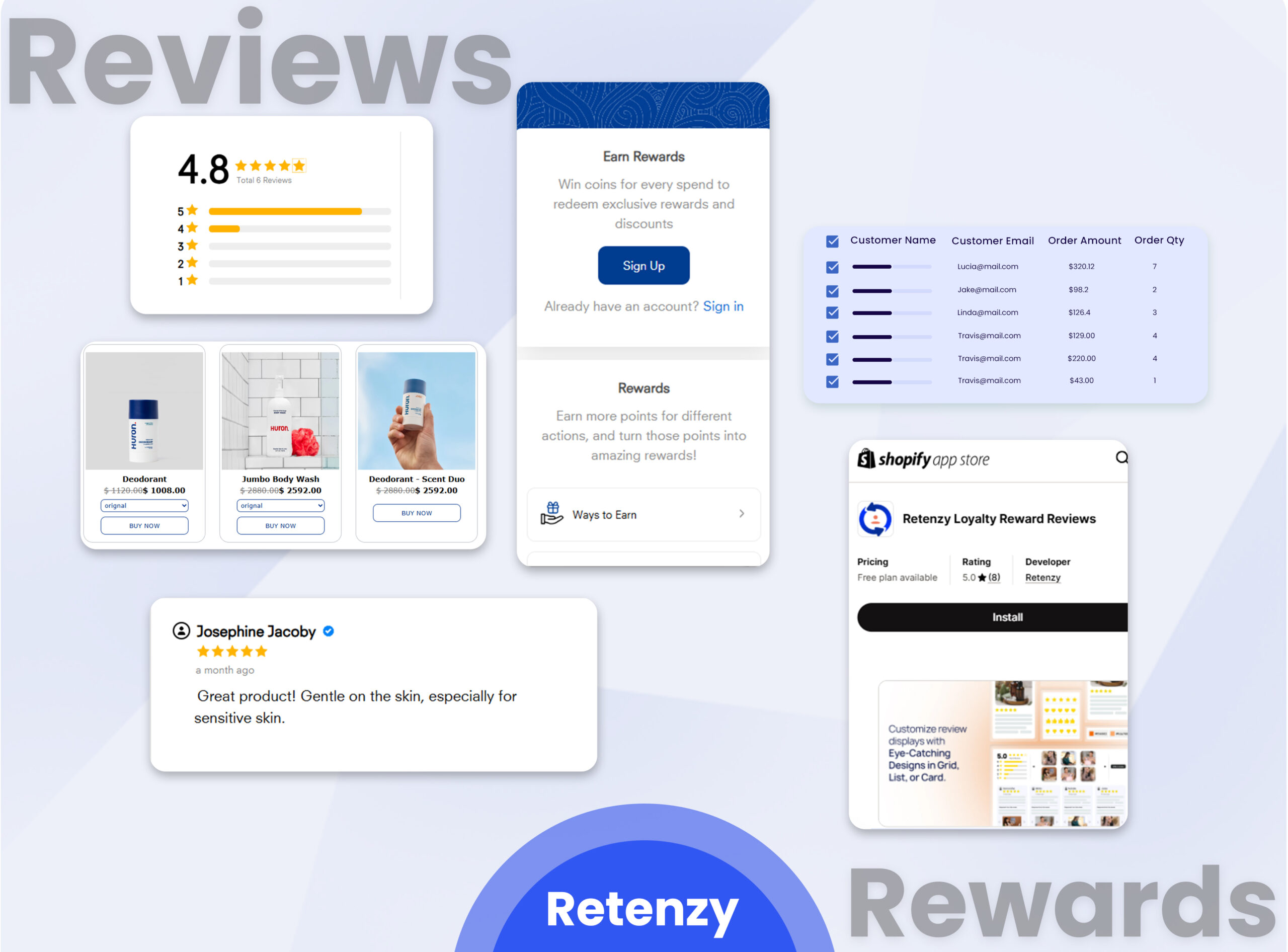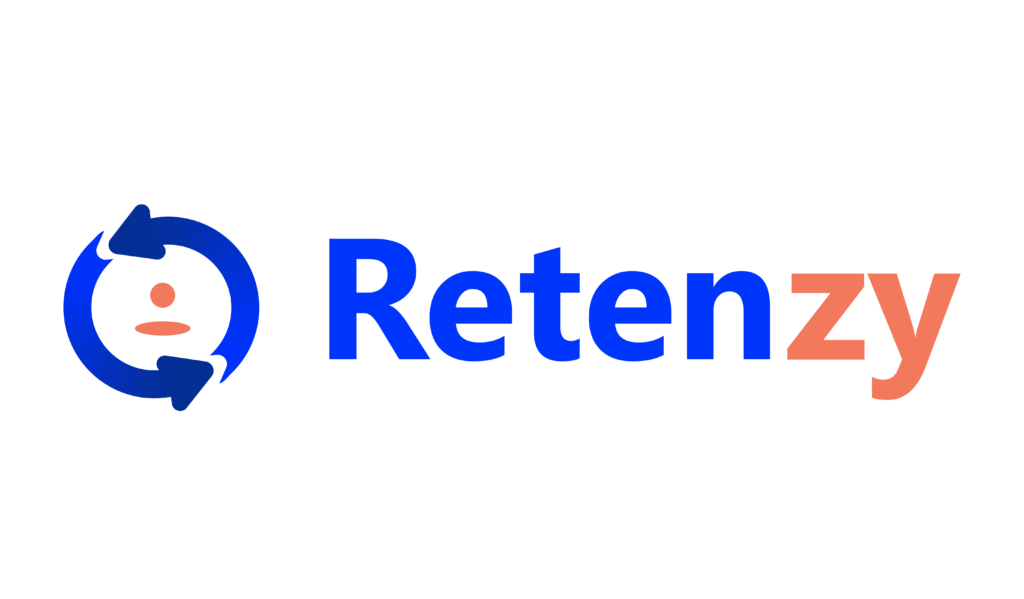In today’s highly competitive business environment, loyalty programs are essential tools for building strong customer relationships and ensuring sustained growth. These structured strategies reward customers for their repeated engagement, creating a win-win situation where businesses thrive, and customers feel valued. However, for a loyalty program to be effective, measuring its success is crucial. By doing so, businesses can ensure they are optimizing their efforts to drive revenue, increase customer satisfaction, and make informed strategic decisions.
Measuring the success of loyalty programs directly impacts a company’s profits. Accurate measurement helps in revenue optimization, tracking customer satisfaction, and driving informed decision-making. It is essential for businesses to rely on Key Performance Indicators (KPIs) to assess various aspects of customer behaviour and program performance. By systematically evaluating these KPIs, businesses can make data-driven improvements that help retain customers, boost engagement, and ultimately increase profits. Some important KPIs include engagement metrics, financial indicators, and retention measures. Just as businesses rely on the best Shopify shipping apps to ensure efficient and reliable delivery services for their e-commerce operations, they must also depend on the right KPIs to measure and evolve their loyalty programs. Both are foundational tools in delivering outstanding customer experiences.

Why Measuring Loyalty Program Success Matters
Proper measurement directly impacts profitability. By tracking specific Key Performance Indicators (KPIs), businesses can evaluate customer behavior, engagement levels, and financial outcomes. These insights help in:
- Revenue optimization
- Enhanced customer satisfaction
- Strategic program improvements
- Stronger customer retention
In fact, just like choosing the best shipping apps to streamline logistics and ensure seamless order delivery, selecting and measuring the right loyalty KPIs ensures your retention efforts are equally effective and efficient.
Key Performance Indicators for Loyalty Programs
KPIs are metrics that provide valuable insights into how well loyalty programs are performing. They allow businesses to measure the impact of their initiatives and make informed adjustments. Some of the key KPIs include engagement rates, average spend, customer lifetime value (CLV), and retention rates.
Engagement Metrics
Engagement metrics are essentially all about examining how much customers are really engaged with the loyalty program. Here, we look at enrolment rates and levels of participation and reward redemption. High engagement tends to indicate that there is value in the program for customers, making them want to stay engaged. Conversely, low engagement indicates that a program does not live up to customer expectations, which may mean that incentives are not worth the effort or rewards are just too difficult to redeem. Tracking engagement variables regularly allows businesses to tweak the dimensions of the program, communication, and rewards system to maximize engagement.
Financial Indicators
Financial indicators, such as average spend, CLV, and incremental margin, help businesses assess the financial success of their loyalty program. For instance, average spend per member tracks how much each member is spending on average.
A higher average spend typically signals that the program is effective in encouraging repeat purchases and upselling. Similarly, CLV helps predict the total revenue a business can expect from a customer over their lifetime, making it easier to determine the long-term value of a loyalty program.
Retention Measures
Retention rates are indicators of how many customers will be able to stay in the program for quite some time. A high retention rate is generally an indicator of customer satisfaction with the program and its ability to encourage repeat purchases. A low retention rate could be an indicator of a lack of desirable options in the reward structure or poor communication about the program itself. Hence, businesses can utilize retention rates to measure the efficacy of their loyalty initiatives and amend their approach wherever needed.
Understanding Loyalty Programs

A well-designed loyalty program serves as a strategic tool to enhance customer experience and drive long-term business growth. These programs create a structured framework for customer engagement through targeted rewards, personalized experiences, and exclusive benefits. Successful loyalty initiatives focus on three core elements: program attractiveness, membership benefits, and retention mechanisms.
Program Attractiveness
The appeal of a loyalty scheme is fundamental for encouraging customers to join and engage with it. A prospect of value would entice customers more toward joining the program. The key elements of a sturdy value proposition would be the availability of exclusive benefits, personal offers, and differentiated experiences that tell customers they are special and valued.
Membership Benefits
Membership benefits encompass tangible perks and intangible rewards geared toward encouraging participation. Tangible rewards can include discounts, points, or product giveaways, while intangible could be more focused on customer recognition or special access to services. Striking the right mix between the two types of rewards keeps customers engaged and willing to participate.
Retention Mechanisms
Retention mechanisms are strategies designed to maintain active participation in a loyalty program. These can include tiered reward systems that offer increasing benefits as customers engage more, or the introduction of surprise rewards that delight customers. A strong retention mechanism helps ensure that customers remain committed to the program over time, increasing the likelihood of repeat purchases and long-term loyalty.
Key Metrics to Track in a Loyalty Program
When evaluating the success of a loyalty program, businesses should pay attention to several metrics. These metrics provide crucial insights into customer behaviour, engagement levels, and the overall effectiveness of the program.
Enrollment Rate
The enrollment rate measures the percentage of eligible customers joining a loyalty program. It simply refers to the number of new members divided by the total number of eligible customers within a defined period. Keeping track of the enrollment rates allows a business to ascertain the attractiveness of the program and to identify obstacles to membership. High enrollment rates indicate that the value proposition of the program is working among the customers, while low enrollment rates could imply that more efforts are needed in the marketing of the program or making the sign-up process easier.
Participation Rate
Participation rate measures active engagement within the loyalty program. This metric tracks the percentage of members who regularly interact with the program features, make purchases, or redeem rewards. A high participation rate signals that customers are finding value in the program and are motivated to keep engaging with it. To increase participation, businesses can use personalized communications, gamification, and multi channel integrations to keep members engaged.
Repeat Purchase Rate
The repeat purchase rate is a crucial measure of customer loyalty. It tracks how often members return to make purchases, which reflects the success of a loyalty program in fostering repeat business. High repeat purchase rates indicate that customers are satisfied with their experiences and are motivated by the program’s rewards. Strategies to encourage repeat purchases include offering personalized incentives, value-added services, and data-driven engagement based on customer preferences.
Average Spend Per Member
Average spend per member measures the total revenue generated from loyalty program members, divided by the number of active participants. A higher average spend per member often reflects a successful program that encourages customers to make more frequent or larger purchases. Companies can boost this metric by implementing tiered benefits, offering personalized promotions, and providing value-added services such as exclusive access or priority shipping.
Customer Lifetime Value (CLV)

Customer Lifetime Value (CLV) is the total revenue a business expects to generate from a customer throughout their entire relationship. It is a vital metric for evaluating the long-term impact of a loyalty program. By tracking CLV, businesses can understand which members are most profitable and refine their marketing efforts accordingly. Strategies to enhance CLV include offering exclusive rewards, targeted recommendations, and cross-selling opportunities.
Customer Retention Rate
Customer retention rate is the percentage of customers who remain active in the loyalty program over a specific period. High retention rates suggest that customers find the program valuable and that their needs are being met. Retention rates are influenced by factors such as the relevance of rewards, customer experiences, and communication effectiveness. To improve retention, businesses should focus on personalized communication, value-added benefits, and tiered programs that offer increasing rewards as customers progress.
Redemption Rates
Redemption rates track the percentage of rewards that customers have claimed out of all available rewards. High redemption rates indicate that the rewards are valuable and that the redemption process is accessible. To improve redemption rates, businesses should offer rewards that align with customer preferences, simplify the redemption process, and provide clear information about how and when to redeem rewards.
Conclusion
Measuring the success of loyalty programs requires a data-driven approach backed by consistent monitoring and strategic adaptation. Businesses must track key performance indicators such as enrollment rates, participation levels, and redemption rates to gain insights into how well their programs are performing. By regularly analyzing these metrics, businesses can make informed decisions about reward structures, program modifications, and resource allocation, ensuring that their loyalty initiatives remain effective and relevant.
A successful loyalty program is one that continuously evolves based on customer feedback and data analysis. Companies that excel in loyalty program management maintain a flexible approach, ready to pivot based on analytical findings. This adaptability ensures that loyalty programs continue to build meaningful customer relationships, drive long-term growth, and deliver sustainable value.
















